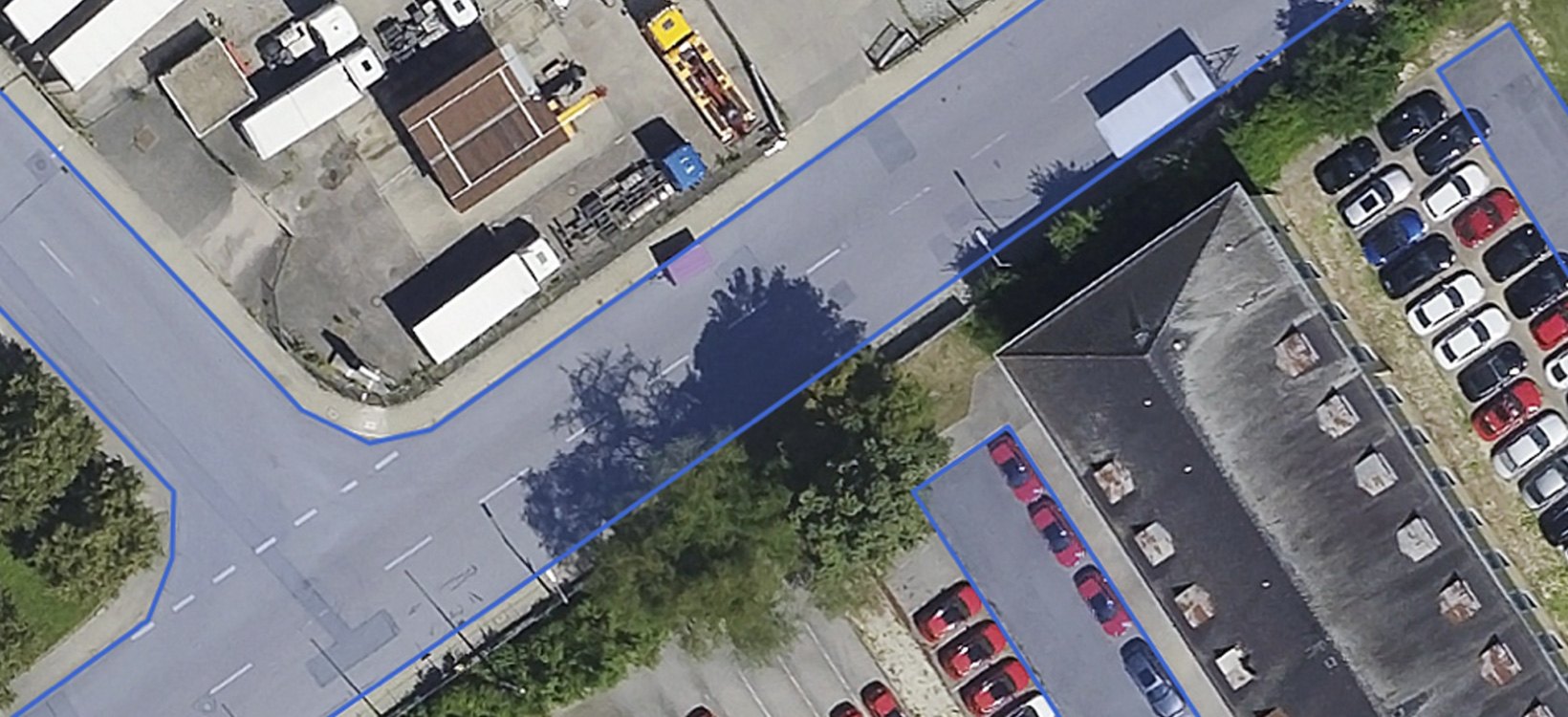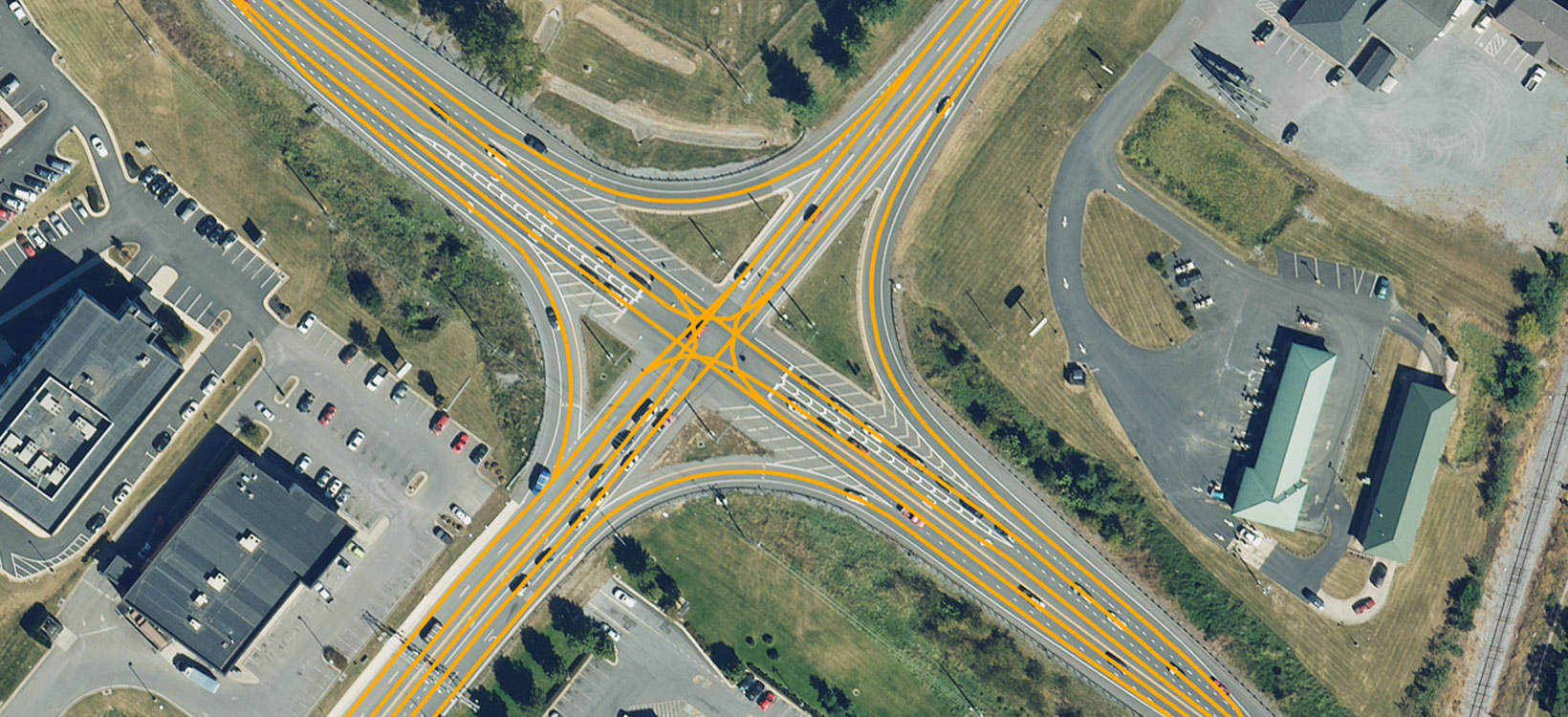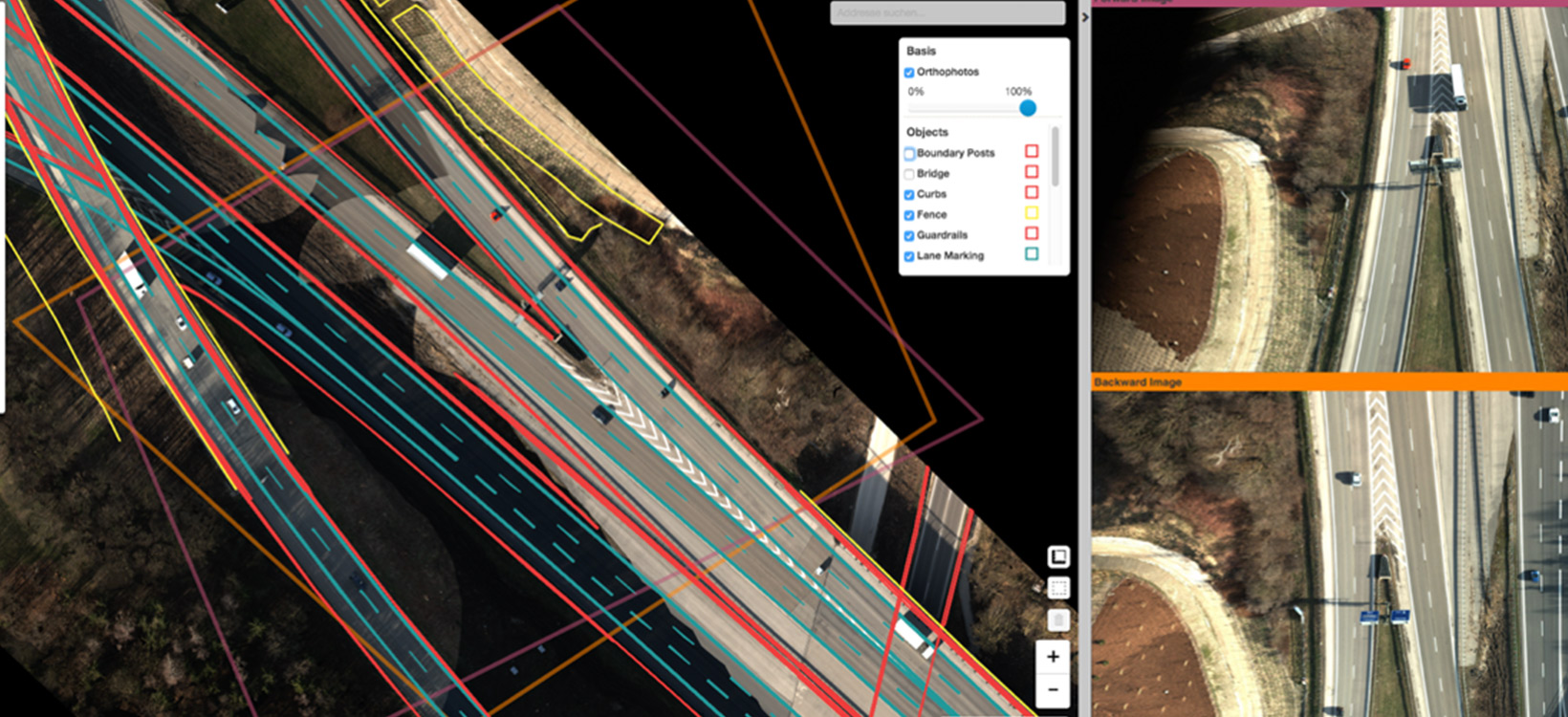Supporting artificial intelligence solution to parking problem
Case study

Author: Linda Duffy
With a finite number of parking spaces and an increasing number of cars, frustration and inconvenience related to parking is growing. Recognising this as a problem, Manuela Rasthofer, CEO of TerraLoupe GmbH, launched a project to combine artificial intelligence and orthorectified aerial imagery to create an accurate inventory of available parking lots and spaces throughout Germany.
Mapping available parking

Parking a car can be a stressful and time-consuming activity, and in the future, autonomously navigated vehicles will be searching for spaces without a driver to help. The need for high-definition digital maps that accurately measure and identify all types of objects, including parking spaces, is quickly becoming a reality.
TerraLoupe GmbH is a technology start-up based in Munich, Germany, that focuses on combining geodata and computer analytics in innovative ways. Starting with high-resolution orthoimagery, TerraLoupe applies machine learning algorithms to detect and measure objects in the physical world, such as buildings, roads, and trees, to create data-rich 3D models.
“To address the growing parking problem, we wanted to see if it was feasible to detect and assess parking lots using aerial imagery and artificial intelligence,” says Rasthofer. “By automating the extraction of features and digital content, we thought we could greatly reduce the time it took to create maps, without sacrificing the accuracy.”
A cost-effective method of creating digital maps is particularly interesting to Tier one automotive suppliers and original equipment manufacturers (OEMs) to support the autonomous navigation industry; however, many other industries can make use of the information as well.
HxGN Content Program delivers

Semantic lane model created out of detected lane markings based on 15 centimetres GSD data in Martinsburg
In 2014, the HxGN Content Program began collecting speculative off-the-shelf orthorectified imagery of the US, parts of Europe, and populated areas of Canada to create a database available to customers. The goal was to acquire cloud-free 30-cm resolution, 4-band imagery over less populated areas, and 15-cm resolution over metro areas with a population greater than 50,000.
Through the HxGN Content Program, TerraLoupe obtained 15-cm resolution orthoimagery of Berlin to test its internally developed object-identification algorithms. The initial work on Berlin took eight weeks to train the algorithms to accurately identify and categorise parking spaces, followed by just three days to analyse and produce maps for all of Germany.
“Access to imagery through the HxGN Content Program allows us to download the geographic locations we need, and then train our algorithms on the new data,” explained Rasthofer. “There are always slight differences in architecture, infrastructure, and road systems that are unique to each country. We check the confidence interval for each object and recheck low percentages. As we correct errors, the algorithms continue to learn and improve until we achieve a very high accuracy level.”
The aerial orthoimages available through the HxGN Content Program go through a rigorous QA/QC process to ensure delivery of survey-grade images. “The HxGN Content Program best suits the needs of our customers in the areas of autonomous driving, parking assistance, and loss reports for insurance/reinsurance companies,” says Rasthofer. “We also successfully deliver intelligence related to infrastructure, utilities, railways, and others for a variety of purposes.”
Machine learning expedites accurate mapping

TerraLoupe’s project shows that high-resolution aerial orthoimages combined with machine learning can effectively be used to extract digital content. The parking analysis provides useful information, such as the locations, entrances and exits of parking lots and the number of cars of different categories (compact, medium-sized, large) that can fit in each lot. Urban planners, delivery people, taxi drivers, and patrons in congested retail areas could all benefit from this improved parking intelligence.
“The availability of high-resolution, high-accuracy imagery determined where we started the project; however, we intend to perform this analysis on all of Europe as data becomes available through Hexagon, and we’d like to expand our services into the U.S.,” says Rasthofer. “Overall our goal is to efficiently extract all types of objects and create a complete digital environment.”
Obtaining aerial imagery is faster and more efficient than terrestrial methods, allowing more frequent updates, which is crucial for many applications. Hexagon’s global operations generate widespread availability of imagery and good business partnerships with data providers to continue to meet the growing demand for digital maps.


























